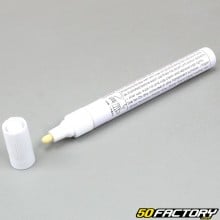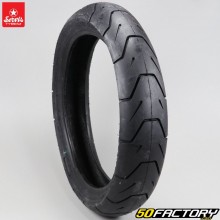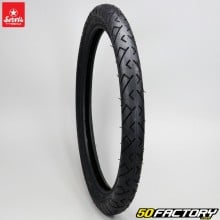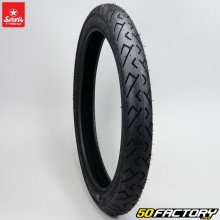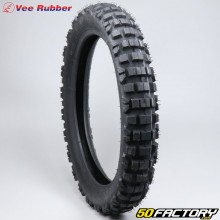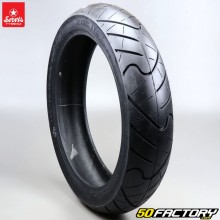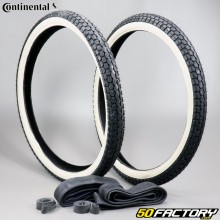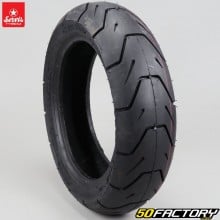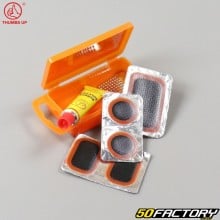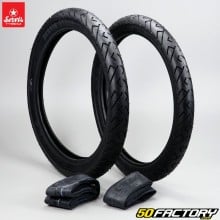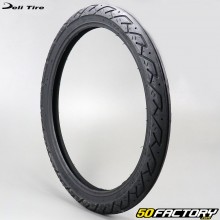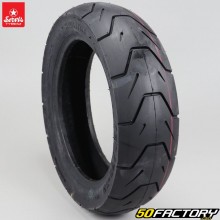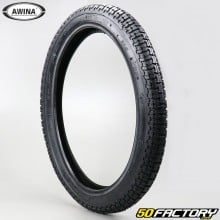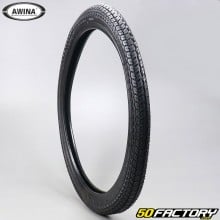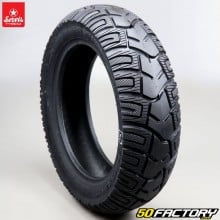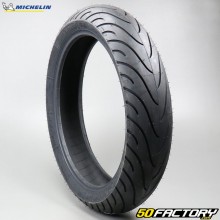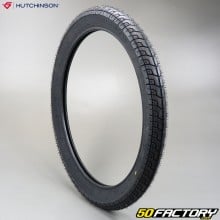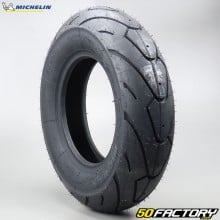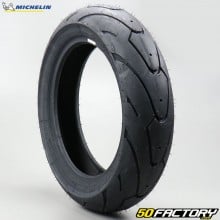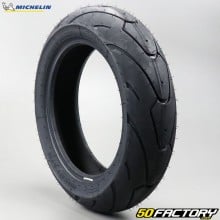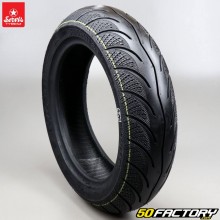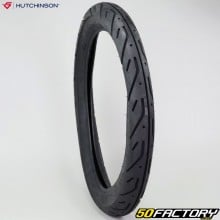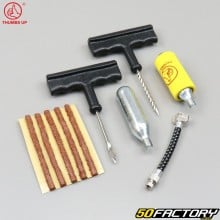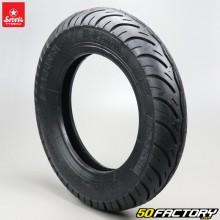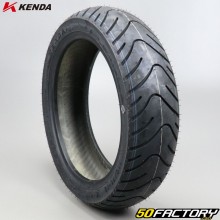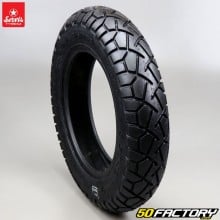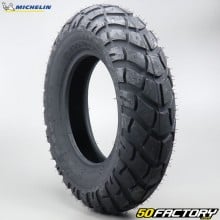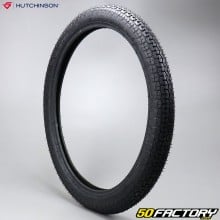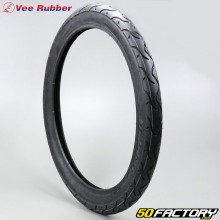 Rear tyre
Rear tyre
- IN STOCK16,00 €
- IN STOCK4,60 €
- IN STOCK49,80 €
- IN STOCK69,50 €
- IN STOCK36,80 €
- IN STOCK41,39 €
- IN STOCK31,80 €
- IN STOCK34,80 €
- STOCK EXHAUSTED67,60 €
- IN STOCK80,70 €
- IN STOCK54,80 €
-
- IN STOCK35,40 €
- IN STOCK3,50 €
-
- IN STOCK24,40 €
- IN STOCK35,10 €
- IN STOCK15,00 €
- IN STOCK23,80 €
- IN STOCK19,90 €
- IN STOCK32,10 €
- IN STOCK25,80 €
- IN STOCK27,40 €
- IN STOCK127,30 €
- IN STOCK14,10 €
- IN STOCK27,90 €
- IN STOCK45,50 €
- IN STOCK34,30 €
- IN STOCK46,30 €
- IN STOCK19,30 €
- IN STOCK49,20 €
- IN STOCK32,90 €
- IN STOCK55,80 €
- IN STOCK56,00 €
- IN STOCK13,50 €
- IN STOCK27,80 €
- IN STOCK44,60 €
- IN STOCK24,40 €
- IN STOCK44,30 €
- IN STOCK36,40 €
- IN STOCK26,90 €
- IN STOCK25,20 €
Whether you ride a motorcycle, scooter, moped, or quad, one of the key elements to ensuring good performance and optimal safety is choosing the right rear tire.
All information on tire dimensions can be viewed You can consult it by clicking here.
Understanding the importance of the rear tire
It plays a crucial role in the performance of your vehicle. Its main function is to maintain contact between the vehicle and the road or path, an essential condition for the engine power to be correctly transmitted and converted into movement. Of good quality, it provides good road holding, as well as efficient acceleration and braking.
In terms of safety, the rear tire is just as fundamental. A tire in poor condition or poorly adapted can increase the risk of aquaplaning in wet conditions, reduce traction in corners, and make braking less efficient.
The different types of rear tires
For motorcycles
For motorcycles, tires stand outar their large dimensions and their specific design, designed to ensure good grip on different types of roads and in various climatic conditions. Motorcycle tires are available in road, off-road, sports, mixed-use or specific versions such as circuit racing.
For scooters
Rear tires for scooters are generally smaller than those for motorcycles; they play an essential role in the handling and stability of the vehicle.
For mopeds
For mopeds, the rear tires are designed to provide good grip and optimal stability even at low speeds. They are generally narrower than tires for scooters or motorcycles.
For quads
As for the quads, their rear tires are designed to provide excellent traction on all types of terrain, whether paved roads, dirt roads or mountain trails. ATV tires are generally wider and have deeper lugs for better off-road grip.
For off-road motorcycles
The rear tires for off-road motorcycles are intended for off-road use. They feature particularly aggressive tread patterns and lugs for optimal traction on complex terrain like sand, mud or rocks.
Choosing the right rear tire
Selection based on vehicle type
Choosing the right rear tire must be based on the specifics of your vehicle. In general, each type of vehicle requires a different type of rear tire. Par For example, motorcycle tires require more high-speed grip than scooters or mopeds. For their part, quads need robust and versatile tires to cope with all types of terrain.
Selection according to driving conditions
Driving conditions also play a major role in rear tire selection. If you mainly drive in the city, you will need tires that offer good handling and effective braking. For driving off-road or on rough terrain, knobby tires with good shock absorption capacity are preferable.
Selection based on technical characteristics
When it comes to selecting a rear tire, it is also important to consider technical factors such as tire size, construction type (radial or diagonal), rubber compound, pattern type or the permitted load and speed, all of which impact the performance and lifespan of the tire.
Maintenance and replacement of this essential part
To ensure optimal safety, it is imperative to keep an eye on the condition of your tires. Common signs of wear include smoothing of the tread, crevices or cracks in the rubber, air bubbles under the surface of the tire, or visibility of the reinforcement web. All of these symptoms indicate that it is time to change the tire.
In general, the rear tire should be changed every 10,000 to 1,000 km for road use, but this duration may vary depending on the type of tire, its use and driving conditions. Replacing a rear tire requires good mechanical skills and the use of specific equipment.
Proper tire maintenance is essential to ensure their lifespan and performance. This includes regularly checking tire pressure, using quality valves and puncture protection, wheel balancing, etc. Par cold or hot weather, it may be necessary to adjust your tire pressure to the temperature.
Remember to check the other categories of rims and tires to find all your parts: front wheel axle, rear wheel axle, valve caps, inner tube, spacer and seal, front rim, rear rim, rim liseret, wheel hub, front tire, radius and ray covers, wheel bearing.
































